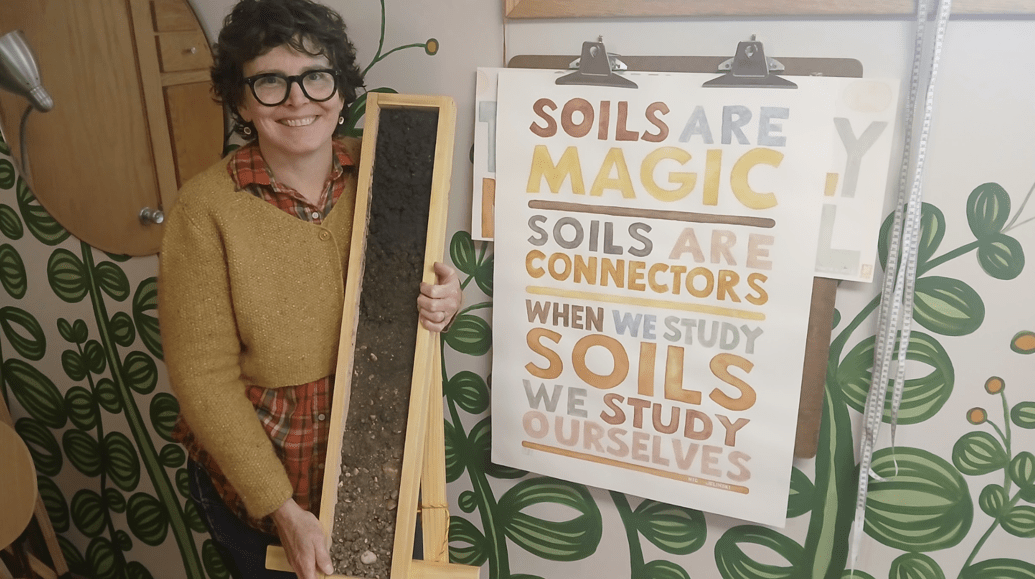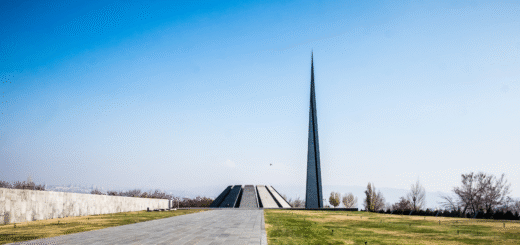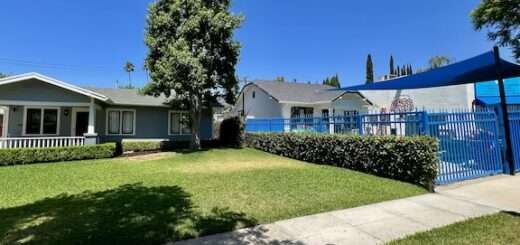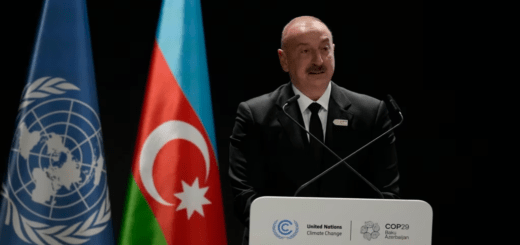Local artists featured in Armenian eco-art gallery bringing Living Soil Project back home

As a geoscientist and Associate Professor at Minnesota State University, Mankato, Dr. Beth Fisher frequently works with soil from a research standpoint — monitoring soil health and erosion to reveal the impacts of human activity on water quality and the environment.
Outside the lab however, the St. Peter environmental scientist has a creative side. Fisher’s mother often told her that she should have been an artist instead of a scientist. She’s frequently turned to photography as a creative outlet, but while researching soil monoliths during her sabbatical this year, she began considering how the materials she uses in geoscience might themselves to creative expression.
That’s when she ran into Cheryl Casteen, a St. Peter photographer and eco-artist who, unbeknownst to her, was in the middle of coordinating an exhibition in Armenia which would act as a fusion between the earth and the arts.
Known as the Living Soil Project, the installation was set to put a spotlight on the value of the earth beneath our feet by featuring poetry and visual artwork inspired by and incorporating earth elements. It was just the right opportunity for Fisher to truly put herself out there as an artist.
“It was the first time I think I had said out loud to someone other than my spouse, ‘I think I want to explore the intersection between art and geoscience,” said Fisher.
The MSU Professor swiftly began searching for ways she could blend her two passions. There was, of course, the soil monolith, which Fisher filled with the dirt surrounding Lake Agassiz, whose glacial floods had carved out the Minnesota River Valley 13,000 years ago. Clay pottery was another source of inspiration, but where Fisher found her calling was in creating watercolor paints made from soil bound with different varieties of gum arabic.
Through this ancient method predating the synthetic paints commonly used today, Fisher is not only able to create earthy pigments like orange, yellow and brown, but also bright green and blue colorations depending on the soil’s composition.
“I just like the problem-solving that watercolor paints present you with because they sometimes take on a life of their own and that’s always fun to explore,” said Fisher.
Not only did Fisher contribute to the exhibit, she also introduced her students to the project, inviting them to depict the most memorable parts of their geoscience studies through art. Some drew plants and the ecosystems of the sites they visited, one made a dorodango ball from soil they collected, and all of the work was displayed on a giant collaborative board. Almost all fo the students opted to send their work to the exhibition.
“The Armenian young people who came to the art opening and saw her students work and the faces of her students up next to their works, responded so much to those pieces because they saw themselves in those students,” said Casteen.
The Living Soil Project was the product of a collaboration between Casteen and a classmate from her days at the Corcoran School of Art. Pamela Thompson. Thompson had a micro-residency scheduled in Armenia and wanted to collaborate with Casteen on an art project.
The pair were inspired by an environmental installation Casteen had developed in New Zealand in 1991, BurnTime, which brought artists from around the world together for a series of live performances connected by telephone which raised awareness of the degradation of the ozone layer. Following Casteen’s work highlighting the damage being done to the air, the artists wanted to create an exhibition that would generate appreciation for the earth.
The duo found a host for the project in Mkritch Tonoyan, Director of ACOSS (Art Center of Social Studies) in Armenia. Casteen then used her connections to recruit artists from around the region and the nation to contribute to the project.
“It’s about educating people to understand the soil and love it and play with it and have a relationship with it and preserve it, because if you have a relationship with something and you’re invested in it, you realize how connected you are to it you’re going to care for it because it’s a part of you,” said Casteen.
In all, the Living Soil Project saw 35 artists and poets contribute their talents in the August exhibition, including local artists like Fisher and Casteen herself, Sarette Arsenault, Whitney Dirks, Jill Hildebrandt, Ann Johnson, Michelle Kaisersatt, Charlie Putnam, Shelley Caldwell, Emily Kretschmer, Keith Luebke, Patti Ruskey and Hillary Urban.
While previously, the Living Soil Project was something St. Peter residents could only experience through Casteen’s tales of her trip to Armenia, that’s about to change. This spring, the Carnegie Art Center will be hosting phase two of the Living Soil Project, under the new name “Temporarily Not Soil.”





